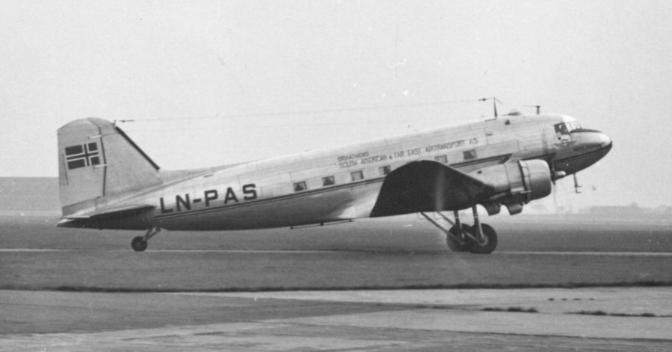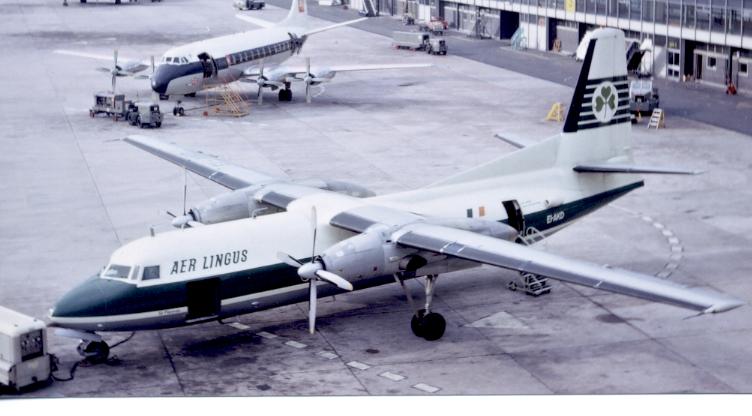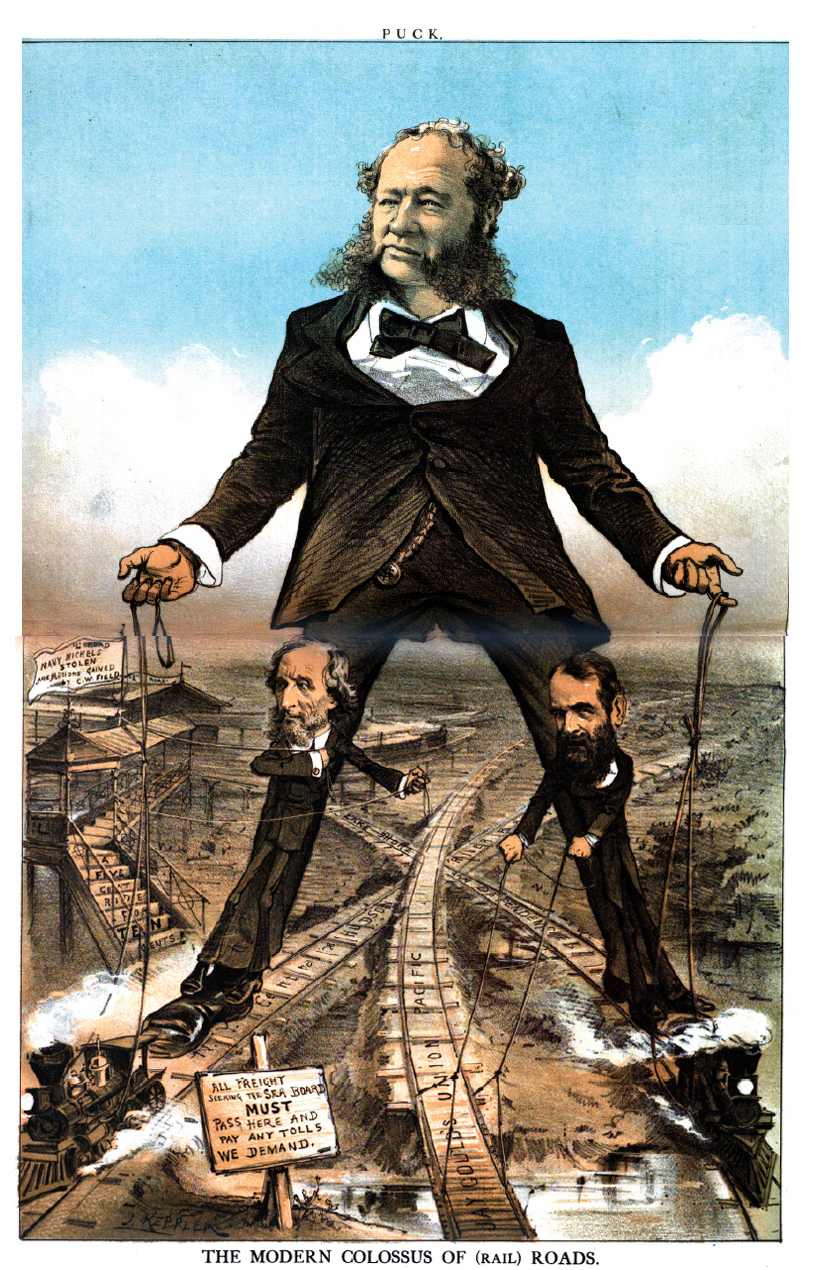|
Braathens ASA
Braathens ASA, until 1997 Braathens South American & Far East Airtransport A/S and trading as Braathens SAFE, was a Norway, Norwegian airline which operated from 1946 until it merged with Scandinavian Airlines (SAS) in 2004 to become SAS Braathens. For most of its history, Braathens was the largest domestic airline in Norway, but did not operate an international network for many years. Its main hubs were Oslo Airport, Fornebu and later Oslo Airport, Gardermoen, and briefly Stockholm-Arlanda Airport. The airline operated 118 aircraft of 15 models, mostly Boeing 737 variants. Braathens served 53 airports and 50 cities with scheduled services through its history. The airline was founded in 1946 by Ludvig G. Braathen and originally used a fleet of Douglas DC-4 aircraft on routes to the Far East and South Africa. From 1954 the airline was forced to operate all its scheduled flights domestically, where it used de Havilland Herons. Braathens SAFE retained an international charter servi ... [...More Info...] [...Related Items...] OR: [Wikipedia] [Google] [Baidu] |
Braganza (company)
Braganza AB is a Swedish privately held holding company owned by Norwegian investor Per G. Braathen. The company has roots in Norway, where it was involved in shipping and aviation. Over the years, Braganza has focused primarily on the transport and tourism sectors. As of 2023, Braganza AB reported a revenue of 9.3 billion SEK and employed approximately 1,200 people. History Braganza was founded in 1938 by Ludvig G. Braathen as part of the shipping movement under the name ''Ludv.G. Braathens Rederi''. In 1946, Braathens founded the airline Braathens S.A.F.E., organizing its ownership through Braganza. The company held sole ownership of Braathens S.A.F.E. until 1994 and maintained partial ownership until 2001, when Norway's largest domestic airline was sold to the SAS Group for 1.1 billion Norwegian krone. In addition to its airline interests, Braganza has previously owned Braathens Helikopter and Busy Bee. The company acquired several airlines, including Malmö Aviation an ... [...More Info...] [...Related Items...] OR: [Wikipedia] [Google] [Baidu] |
Airline
An airline is a company that provides civil aviation, air transport services for traveling passengers or freight (cargo). Airlines use aircraft to supply these services and may form partnerships or Airline alliance, alliances with other airlines for codeshare agreements, in which they both offer and operate the same flight. Generally, airline companies are recognized with an Air operator's certificate, air operating certificate or license issued by a governmental aviation body. Airlines may be scheduled or Air charter, charter operators. The List of airlines by foundation date, first airline was the German airship company DELAG, founded on November 16, 1909. The four oldest non-airship airlines that still exist are the Netherlands' KLM (1919), Colombia's Avianca (1919), Australia's Qantas (1920) and the Russian Aeroflot (1923). Airline ownership has seen a shift from mostly personal ownership until the 1930s to government-ownership of major airlines from the 1940s to 1980s and b ... [...More Info...] [...Related Items...] OR: [Wikipedia] [Google] [Baidu] |
Deregulation
Deregulation is the process of removing or reducing state regulations, typically in the economic sphere. It is the repeal of governmental regulation of the economy. It became common in advanced industrial economies in the 1970s and 1980s, as a result of new trends in economic thinking about the inefficiencies of government regulation, and the risk that regulatory agencies would be controlled by the regulated industry to its benefit, and thereby hurt consumers and the wider economy. Economic regulations were promoted during the Gilded Age, in which progressive reforms were claimed as necessary to limit externalities like corporate abuse, unsafe child labor, monopolization, and pollution, and to mitigate boom and bust cycles. Around the late 1970s, such reforms were deemed burdensome on economic growth and many politicians espousing neoliberalism started promoting deregulation. The stated rationale for deregulation is often that fewer and simpler regulations will lead to raise ... [...More Info...] [...Related Items...] OR: [Wikipedia] [Google] [Baidu] |
Boeing 737 Classic
The Boeing 737 Classic is a series of narrow-body aircraft, narrow-body airliners produced by Boeing Commercial Airplanes, the second generation of the Boeing 737 series of aircraft. Development began in 1979 and the first variant, the 737-300, first flew in February 1984 and entered service that December. The stretched 737-400 first flew in February 1988 and entered service later that year. The shortest variant, the 737-500, first flew in June 1989 and entered service in 1990. Compared to the original series, the classic series was re-engined with the CFM56, a high-bypass turbofan, for better Fuel economy in aircraft, fuel economy and had upgraded avionics. With a Maximum Takeoff Weight, MTOW, it has a range of . At the -500 is similar in length to the original 737-200 and can fly 110 to 132 passengers. The -300 can seat 126 to 149 passengers while the -400 accommodates 147 to 168 seats. It competed with the McDonnell Douglas MD-80 series, then with the Airbus A320 fam ... [...More Info...] [...Related Items...] OR: [Wikipedia] [Google] [Baidu] |
Boeing 767
The Boeing 767 is an American wide-body airliner developed and manufactured by Boeing Commercial Airplanes. The aircraft was launched as the 7X7 program on July 14, 1978, the prototype first flew on September 26, 1981, and it was certified on July 30, 1982. The initial 767-200 variant entered service on September 8, 1982, with United Airlines, and the extended-range 767-200ER in 1984. It was stretched into the in October 1986, followed by the extended-range 767-300ER in 1988, the most popular variant. The 767-300F, a production freighter version, debuted in October 1995. It was stretched again into the 767-400ER from September 2000. Designed to complement the larger 747, it has a seven-abreast cross-section accommodating smaller LD2 ULD cargo containers. The 767 is Boeing's first wide-body twinjet, powered by General Electric CF6, Rolls-Royce RB211, or Pratt & Whitney JT9D turbofans. JT9D engines were eventually replaced by PW4000 engines. The aircraft has a conven ... [...More Info...] [...Related Items...] OR: [Wikipedia] [Google] [Baidu] |
Fokker F-28
The Fokker F28 Fellowship is a twin-engined, short-range jet airliner designed and built by Dutch aircraft manufacturer Fokker. Following the Fokker F27 Friendship, an early and commercially successful turboprop-powered regional airliner, Fokker decided to embark on developing a new turbofan-powered commuter aircraft that would build upon its experiences with the F27. During the design phase, a high level of attention was paid to market research and operator concerns; amongst other changes made, the prospective jetliner was increased in size, changing its maximum seating capacity from 50 to 65 passengers. During April 1962, Fokker announced the formal launch of the F28 Fellowship. The Fokker F28 directly competed with the American Douglas DC-9 and British BAC 1-11. On 9 May 1967, the prototype F28-1000 conducted its maiden flight. On 24 February 1969, Kees van Meerten, Fokker Board member, received the Certificate of Airworthiness from Willem Jan Kruys, Director General of the ... [...More Info...] [...Related Items...] OR: [Wikipedia] [Google] [Baidu] |
Fokker F-27
The Fokker F27 Friendship is a turboprop airliner developed and manufactured by the Dutch aircraft manufacturer Fokker. It is the most numerous post-war aircraft manufactured in the Netherlands; the F27 was also one of the most successful European airliners of its era. The F27 was developed during the early 1950s with the intent of producing a capable successor to the earlier piston engine-powered airliners that had become commonplace on the market, such as the Douglas DC-3. A key innovation of the F27 was the adoption of the Rolls-Royce Dart turboprop engine, which produced substantially less vibration and noise which provided improved conditions for passengers; another major comfort feature was cabin pressurisation. Innovative manufacturing techniques were also employed in the aircraft's construction. On 24 November 1955, the F27 made its maiden flight; on 19 November 1958, the type was introduced to revenue service. Shortly after its introduction, the F27 was recognised as ... [...More Info...] [...Related Items...] OR: [Wikipedia] [Google] [Baidu] |
Monopoly
A monopoly (from Greek language, Greek and ) is a market in which one person or company is the only supplier of a particular good or service. A monopoly is characterized by a lack of economic Competition (economics), competition to produce a particular thing, a lack of viable substitute goods, and the possibility of a high monopoly price well above the seller's marginal cost that leads to a high monopoly profit. The verb ''monopolise'' or ''monopolize'' refers to the ''process'' by which a company gains the ability to raise prices or exclude competitors. In economics, a monopoly is a single seller. In law, a monopoly is a business entity that has significant market power, that is, the power to charge Monopoly price, overly high prices, which is associated with unfair price raises. Although monopolies may be big businesses, size is not a characteristic of a monopoly. A small business may still have the power to raise prices in a small industry (or market). A monopoly may als ... [...More Info...] [...Related Items...] OR: [Wikipedia] [Google] [Baidu] |
Douglas DC-6
The Douglas DC-6 is a piston-powered airliner and cargo aircraft built by the Douglas Aircraft Company from 1946 to 1958. Originally intended as a military transport near the end of World War II, Douglas reworked it after the war to compete with the Lockheed Constellation in the long-range commercial transport market. Douglas built over 700, and many still fly in cargo, military, and wildfire control roles. The DC-6 was known as the C-118 Liftmaster in United States Air Force service and as the R6D in United States Navy service before 1962, after which all U.S. Navy variants were also designated as the C-118. Design and development The United States Army Air Forces commissioned the DC-6 project as the XC-112 in 1944. The Army Air Forces wanted a lengthened, pressurized version of the DC-4-based C-54 Skymaster transport with more-powerful engines. By the time the prototype XC-112A flew on 15 February 1946, the war was over, the USAAF had rescinded its requirement, and the ... [...More Info...] [...Related Items...] OR: [Wikipedia] [Google] [Baidu] |
Douglas DC-3
The Douglas DC-3 is a propeller-driven airliner manufactured by the Douglas Aircraft Company, which had a lasting effect on the airline industry in the 1930s to 1940s and World War II. It was developed as a larger, improved 14-bed sleeper version of the Douglas DC-2. It is a low-wing metal monoplane with conventional landing gear, powered by two radial piston engines of . Although the DC-3s originally built for civil service had the Wright R-1820 Cyclone, later civilian DC-3s used the Pratt & Whitney R-1830 Twin Wasp engine. The DC-3 has a cruising speed of , a capacity of 21 to 32 passengers or 6,000 lbs (2,700 kg) of cargo, and a range of , and can operate from short runways. The DC-3 had many exceptional qualities compared to previous aircraft. It was fast, had a good range, was more reliable, and carried passengers in greater comfort. Before World War II, it pioneered many air travel routes. It was able to cross the continental United States from Ne ... [...More Info...] [...Related Items...] OR: [Wikipedia] [Google] [Baidu] |
De Havilland Heron
The de Havilland DH.114 Heron is a small Propeller (aircraft), propeller-driven British airliner that first flew on 10 May 1950. It was a development of the twin-engine de Havilland Dove, with a stretched fuselage and two more Reciprocating engine, engines. It was designed as a rugged, conventional low-wing monoplane with tricycle undercarriage that could be used on regional and commuter routes. A total of 149 were built; it was also exported to about 30 countries. Herons later formed the basis for various conversions, such as the Advanced Aircraft, Riley Turbo Skyliner and the Saunders ST-27, Saunders ST-27 and ST-28. Design and development In the closing stages of the World War II, Second World War, the aircraft manufacturer de Havilland began development of a new small twin-engined passenger aircraft, the DH 104 Dove, intended as a replacement for the earlier de Havilland Dragon Rapide, Dragon Rapide and which soon proved to be successful. As a further development, the comp ... [...More Info...] [...Related Items...] OR: [Wikipedia] [Google] [Baidu] |
Douglas DC-4
The Douglas DC-4 is an American four-engined (piston), propeller-driven airliner developed by the Douglas Aircraft Company. Military versions of the plane, the C-54 and R5D, served during World War II, in the Berlin Airlift and into the 1960s. From 1945, many civil airlines operated the DC-4 worldwide. Design and development Following proving flights by United Airlines of the DC-4E, it became obvious that the 52-seat airliner was too inefficient and unreliable to operate economically and the partner airlines, American Airlines, Eastern, Pan American, Trans World and United, recommended a lengthy list of changes to the design. Douglas took the new requirements and produced an entirely new, smaller design, the DC-4A, with a simpler, still unpressurized fuselage, Pratt & Whitney R-2000 Twin Wasp engines, and a single fin and rudder. A tricycle landing gear was retained. With the entry of the United States into World War II, in December 1941, the United States Army Air Forces ... [...More Info...] [...Related Items...] OR: [Wikipedia] [Google] [Baidu] |












